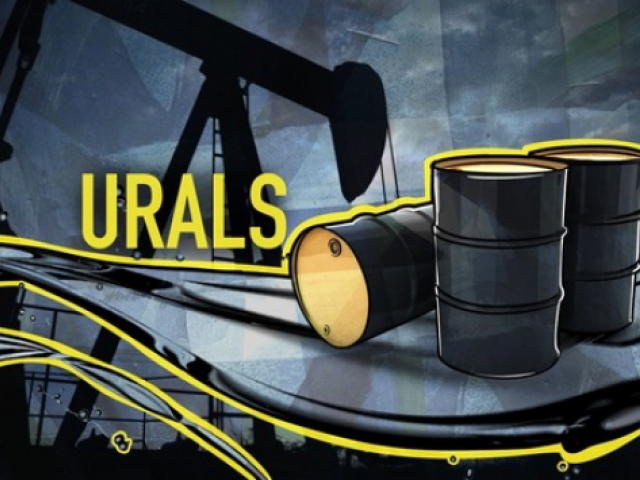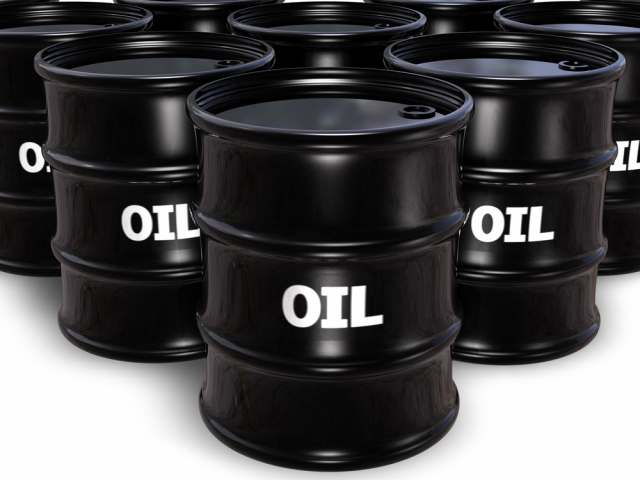
Brent crude oil benchmark
The Brent reference grade entered the global market in 1971. It was named after the field of the same name in the North Sea. Brent crude was also extracted from three more fields. This benchmark crude is considered sweet and light, with a sulfur content of 0.37%, similar in composition to WTI, another popular brand. Brent is used for pricing up to 70% of the world’s traded oil. However, the oil reserves of Brent and WTI producers are depleting, thus facing the risk of running out. Earlier, Brent crude was produced on four platforms. However, three of them were shut down in 2014.

North American WTI crude oil
Experts consider North American West Texas Intermediate (WTI) crude to be another marker grade. Earlier, WTI was called Texas Light Sweet (sweet light oil from Texas). This brand is recognized as the main oil benchmark for the United States and the entire continent. WTI crude oil is light and sweet. Its sulfur content is 0.24%, which makes it perfect for the production of gasoline and other distillates. Nowadays, the supply of WTI crude is quite limited, while its production volumes in the United States do not exceed 1% of the world's total.

Asian Crude Dubai
The third important marker grade of oil is Dubai Crude, also referred to as “the pearl of the Middle East”. It has been extracted and supplied since the mid-80s of the 20th century. This type of crude has a medium sulfur content of about 2% and is considered a benchmark in the Middle East and the Asia-Pacific region. Notably, almost 25% of global oil transactions are carried out in these jurisdictions. A major advantage of this oil grade is that the Middle East has no problems related to the depletion of raw materials.

Russian flagship Urals crude oil
Urals is currently the best-known marker grade in Russia. It is a mix of heavy sour oil from the Urals and the Volga region with light oil from Western Siberia. Its sulfur content is 1.3%. Urals crude trades at a significant discount compared to global benchmark Brent. This Russian brand features a high content of sulfur and heavy hydrocarbons.

Siberian Light crude
Siberian Light is another popular marker grade of Russian oil. This type is extracted in the northern fields of Western Siberia. Siberian Light crude is light, low-sulfur (0.57%), close in composition to global oil benchmarks WTI and Brent.

Far East ESPO crude
ESPO oil brand is in demand in the Far East. This type of crude is piped from the fields of Eastern Siberia to the shores of the Pacific Ocean. Russia’s ESPO grade is close in composition to Siberian Light oil crude. It trades with a peg to Dubai Crude, both at a discount and at a premium. According to analysts, if the pipeline system is expanded to the ports of the Far East, this brand can become one of the benchmarks in the North Pacific region.

Sakhalin Oil Sokol
Russia's Sakhalin Sokol crude oil closes the list of the top 7 popular oil grades. This type of oil produced in the Far East is classified as light and low-sulfur. Sokol crude is extracted as part of the Sakhalin-1 oil and gas development project at the Northern Tip of the Chayvo field, (Khabarovsk region). It has low density and viscosity, as well as a low sulfur content. This allows refineries to produce large volumes of gasoline and kerosene. Notably, the price of Sokol oil is pegged to Dubai Crude.
 English
English 
 Русский
Русский Bahasa Indonesia
Bahasa Indonesia Bahasa Malay
Bahasa Malay ไทย
ไทย Español
Español Deutsch
Deutsch Български
Български Français
Français Tiếng Việt
Tiếng Việt 中文
中文 বাংলা
বাংলা हिन्दी
हिन्दी Čeština
Čeština Українська
Українська Română
Română
